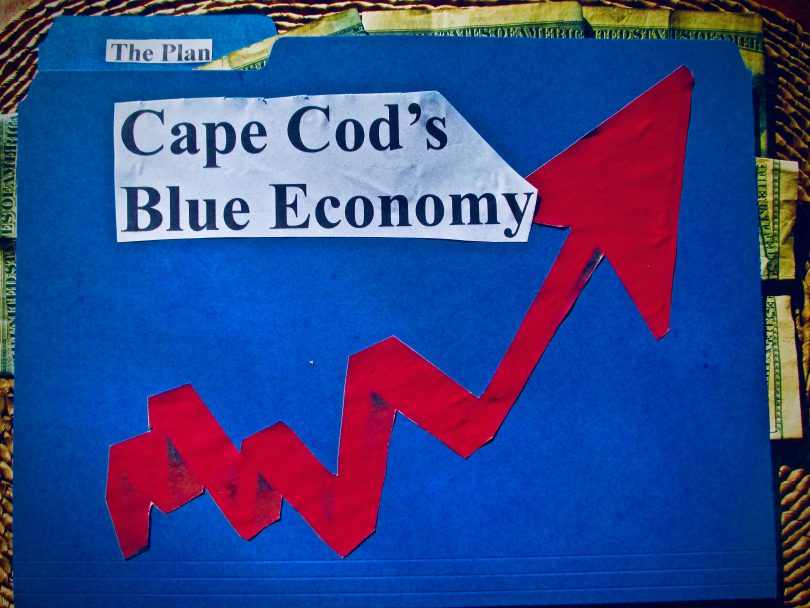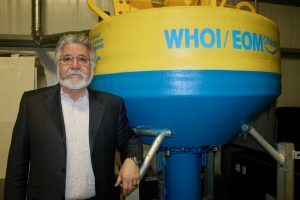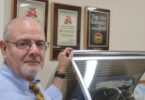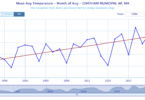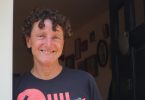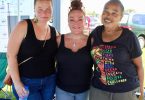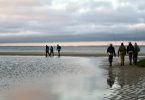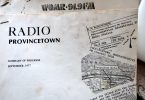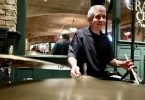CAPE COD – On February 5, EOM Offshore of Bourne, with 10 employees, was sold by the Woods Hole Oceanographic Institution to private investors, who are bringing on an experienced CEO with the goal of growing the new private company.
The spinoff of the company, which hopes to commercialize a technology developed at WHOI, is exactly the kind of growth that the Cape Cod Chamber of Commerce is hoping to promote in its recently launched Blue Economy Project.
“We’re trying to do a pivot with Cape Cod’s economy. A pivot to the next 100 years.” – Wendy Northcross, CEO of the Cape Cod Chamber of Commerce
EOM Offshore is one of a growing cluster of companies on the Upper Cape that have spun out of, or are related in some way, to the scientific institutions in Woods Hole.
While the Chamber’s Blue Economy Project is focused on promoting and growing all aspects of Cape Cod’s water-based economy, “building the marine tech cluster is our greatest opportunity,” said Chris Adams, Chief of Staff for the Chamber.
David Aubrey, the new CEO of EOM Offshore, is a former WHOI scientist who thinks that existing WHOI technology could spin out several more companies in the near future. “There have been a handful of spinoffs,” he said. “There are dozens more that are almost ripe enough, mature enough to spin off.”
“There is a lot of technology that they are developing that could spin off,” said Aubrey. “But it takes money to spin something off, and a management team to spin something off.”
And while most scientists at WHOI are more interested in being scientists at WHOI than spinning off a company, Aubrey said, “There are a lot of people out there, business people, who have an interest in the ocean. It doesn’t take an oceanographer to do this.”
So, yes, Aubrey thinks that promoting the Blue Economy is a great idea. But when asked, he said, “I don’t know anything about this Blue Economy Project. I am a little bit surprised I hadn’t heard about it.”
According to Wendy Northcross, CEO of the Chamber, “We’re on the cusp of trying to socialize this idea… We’re trying to do a pivot with Cape Cod’s economy. A pivot to the next 100 years.”

